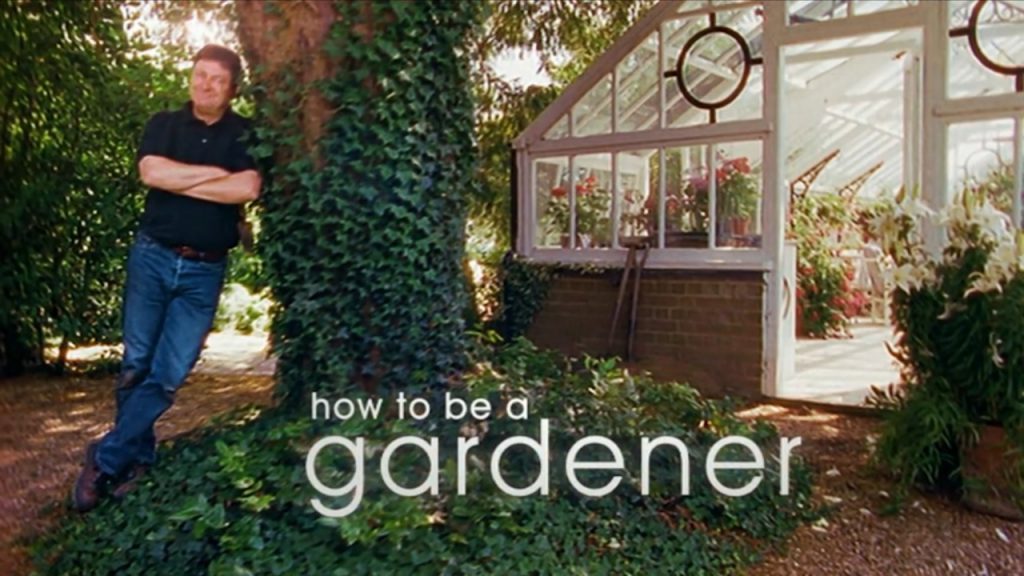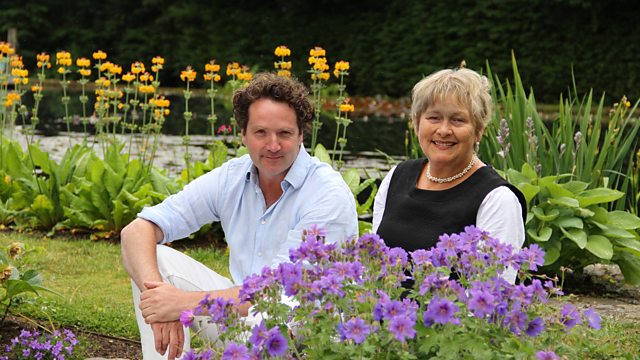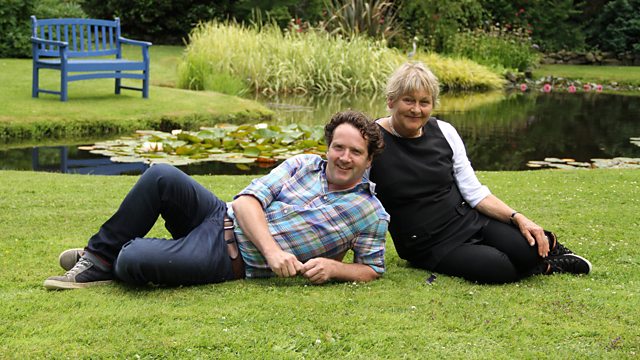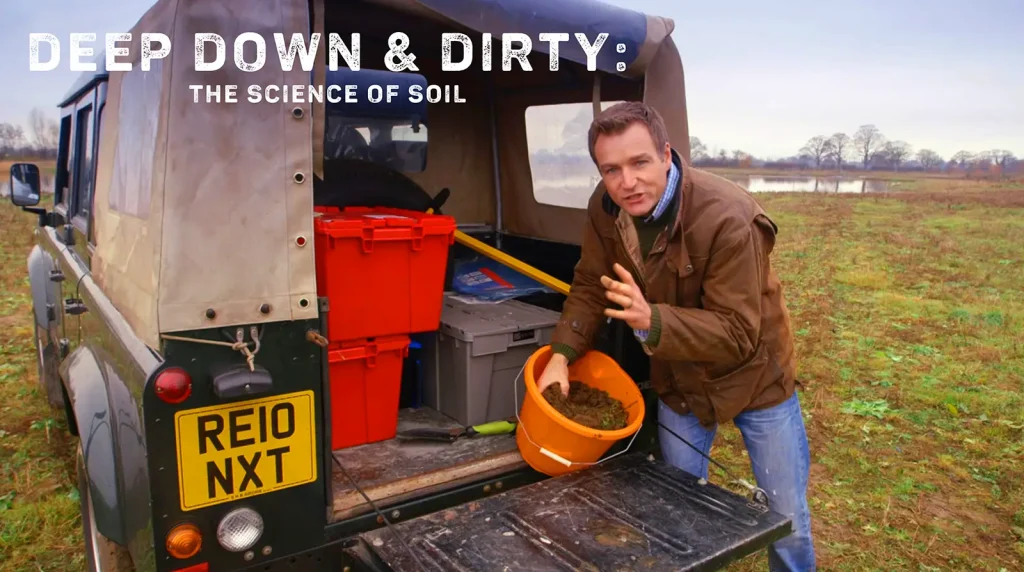How to Be a Gardener episode 13 – A small garden has to provide colour, interest and entertainment for everyone who uses it, all year round. When you don’t have much available room, that can prove to be quite a challenge. That’s why a small garden needs a strong design, so you really make the most of every square inch of space. The way to do that is to be bold with your use of shapes, colours and planting.
How to Be a Gardener episode 12 is a BBC documentary series presented by gardener Alan Titchmarsh, providing a complete online guide gardening for beginners. Let’s face it, gardening can be pretty daunting. All those Latin names, the bugs and blights that can attack your plants just when they are looking their prettiest. How does anyone manage to grow anything? The series consists of eight 30-minute long episodes that cover everything you need to know to give you a great start in gardening.
Alan Fred Titchmarsh is an English gardener, broadcaster, poet, and novelist. After working as a professional gardener and a gardening journalist, he established himself as a media personality through appearances on gardening programmes. He has developed a diverse writing and broadcasting career. Titchmarsh’s first few television appearances were on the long-running BBC television show Nationwide as a horticulture expert. This led to his being invited to present coverage of the Chelsea Flower Show for BBC television in 1983. Titchmarsh hosted this every year until 2013.
In 1996 the cancellation of Pebble Mill at One gave Titchmarsh the opportunity to move back towards his first love, gardening, and he took over as host of another long-running BBC television programme, Gardeners’ World in the same year, the show being filmed in his own garden. Titchmarsh has been married to Alison since 1975 and they have two children, Polly (born 1979) and Camilla (born 1981). In addition to his extensive television and writing work, Titchmarsh is also trustee of his own charity, ‘Gardens for Schools’, and others, including ‘Seeds for Africa’.
How to Be a Gardener episode 13
Try incorporating the following elements:
- different heights
- sweeping curves
- structural shapes
- bold planting
- coordinated colour schemes
The biggest problem with a small garden is not deciding what to include, it’s which features to leave out. The mistake most people make is trying to pack too much in, and mixing too many different styles and features together, which can just look a mess. As a rule:
- less is more
- choose one main style and stick to it
- take the growing conditions into account
“No space gardening” or “gardening without a garden” refers to the practice of growing plants in limited or unconventional spaces, such as balconies, rooftops, small patios, or indoor spaces. It is a great solution for urban dwellers who may not have access to a traditional garden.
Here are some tips for no space gardening:
- Choose the right plants: Look for plants that thrive in small containers or have a compact growth habit. Some examples include herbs, cherry tomatoes, lettuce, and strawberries.
- Use vertical space: Utilize walls, fences, or trellises to grow climbing plants like beans, peas, or cucumbers.
- Opt for containers: Use containers of different sizes and shapes to grow plants. Make sure to choose appropriate pots with proper drainage holes.
- Grow indoors: If you don’t have an outdoor space, consider growing plants indoors. Some great options for indoor gardening include herbs, microgreens, and small succulents.
- Take care of your plants: Regardless of where you grow your plants, they will need proper care. Water them regularly, provide adequate sunlight, and fertilize them as needed.
No space gardening can be a fun and rewarding way to grow your own plants, even if you don’t have a traditional garden. With a bit of creativity and care, you can create a beautiful and productive mini-garden in any space.




